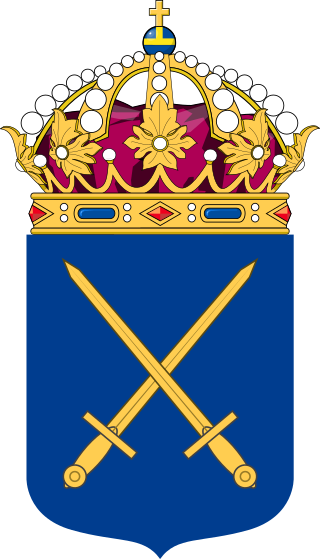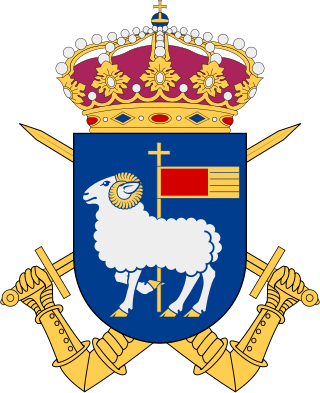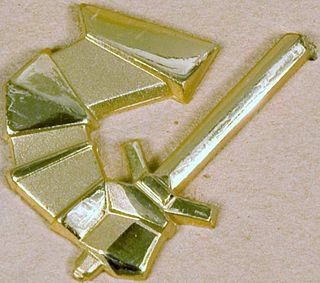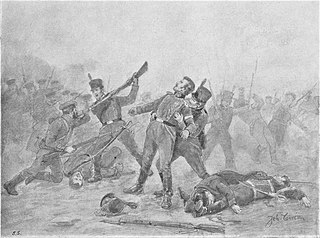
The provinces of Sweden are historical, geographical and cultural regions. Sweden has 25 provinces; they have no administrative function but remain historical legacies and a means of cultural identification pertaining to dialects and folklore.

The counties of Sweden are the top-level geographic subdivisions of Sweden. Sweden is today divided into 21 counties; however, the number of counties has varied over time, due to territorial gains/losses and to divisions and/or mergers of existing counties. This level of administrative unit was first established in the 1634 Instrument of Government on Lord Chancellor Count Axel Oxenstierna's initiative, and superseded the historical provinces of Sweden in order to introduce a more efficient administration of the realm. At that time, they were what the translation of län into English literally means: fiefdoms. The county borders often follow the provincial borders, but the Crown often chose to make slight relocations to suit its purposes.

The Swedish Army is the land force of the Swedish Armed Forces.

In the NUTS codes of Sweden (SE), the three levels are:

The Gotland Regiment is a Swedish Army armoured regiment which has been active in various forms between 1963–1994 and 2000–2005, when it was disbanded. The regiment was re-established on 1 January 2018. The regiment is based in Visby as part of the Gotland Garrison.

The Värmland Regiment, designations I 22, I 2 and I 2/Fo 52, was a Swedish Army infantry regiment that traces its origins back to the 16th century. The regiment's soldiers were originally recruited from the province of Värmland, where the unit was later garrisoned. The unit was disbanded as a result of the disarmament policies set forward in the Defence Act of 2000.
The Defence Act of 2000 was a defence act passed by the Swedish Riksdag on 30 March 2000, and the largest reorganisation of the Swedish Armed Forces since the Defence Act of 1925. The act was a continuation of the policies set in motion by the Defence Act of 1996: shifting the military's focus from the defence of Swedish territory to a more flexible "operational defence* for smaller-scale peacekeeping operations in foreign nations. Many military formations were disbanded as a result.
The Defence Act of 1925 was a defence act passed by the Swedish Riksdag on 26 May 1925 and came into force on 1 January 1928. The Act specified how the Swedish Armed Forces would operate during the coming years. The Act resulted in a policy of disarmament. The Act would remain effective until the Defence Act of 1936.

The Swedish Armoured Troops is the armoured branch of the Swedish Army. Since 2005, the Armoured Troops include the South Scanian Regiment in Revingehed, Skaraborg Regiment in Skövde, Norrbotten Armoured Battalion in Boden, and since 2018 also Gotland Regiment.

The Västernorrland Regiment, designation I 21, is a Swedish Army infantry unit which operated in various forms the years 1869–1983, 1991–2000 and from 2022. It is located in Sollefteå Garrison in Sollefteå with a detachment in Östersund.

Blue Brigade was an armored brigade within the Swedish Army that operated in various forms from 1949 to 1979. The unit was based in Enköping Garrison in Enköping.

The Life Regiment Dragoons, designated K 2, was a Swedish Army cavalry regiment that was active in various forms 1791–1927. The unit was based in the Stockholm Garrison in Stockholm and belonged to the King's Life and Household Troops until 1974.
General elections were held in Sweden on Sunday 9 September 2018 to elect the 349 members of the Riksdag.

The Battle of Hörnefors took place during the Finnish War, on 5 July 1809, when 2,400 Swedes under Johan August Sandels went on a counter-offensive against 3,350 Russians under Ilya Alekseyev and Pavel Andreyevich Shuvalov, at Hörnefors, Sweden. After more than two hours of intense fighting along the Hörnån (river) Sandels ordered a retreat, after having been misinformed of a greater Russian flanking attack.